Filter by
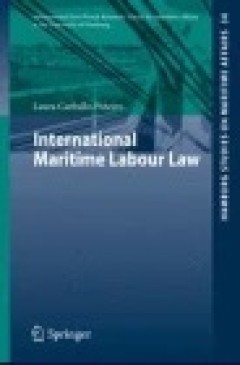
International Maritime Labour Law
This work is subject to copyright. All rights are reserved by the Publisher, whether the whole or part of the material is concerned, specifically the rights of translation, reprinting, reuse of illustrations, recitation, broadcasting, reproduction on microfilms or in any other physical way, and transmission or information storage and retrieval, electronic adaptation, computer software, or by…
- Edition
- -
- ISBN/ISSN
- 978-3-662-47032-9
- Collation
- -
- Series Title
- -
- Call Number
- -
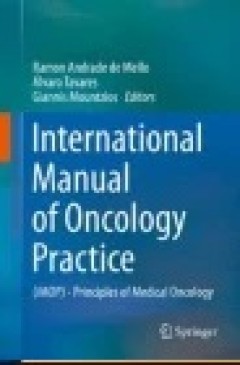
International Manual of Oncology Practice: (iMOP) - Principles of Medical Onc…
This work is subject to copyright. All rights are reserved by the Publisher, whether the whole or part of the material is concerned, specifi cally the rights of translation, reprinting, reuse of illustrations, recitation, broadcasting, reproduction on microfi lms or in any other physical way, and transmission or information storage and retrieval, electronic adaptation, computer software, or …
- Edition
- -
- ISBN/ISSN
- 978-3-319-21683-6
- Collation
- -
- Series Title
- -
- Call Number
- -
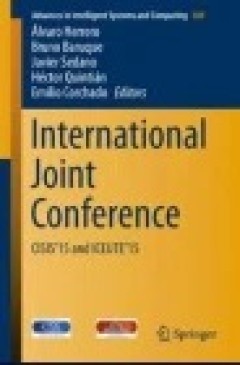
International Joint Conference: CISIS’15 and ICEUTE’15
This work is subject to copyright. All rights are reserved by the Publisher, whether the whole or part of the material is concerned, specifically the rights of translation, reprinting, reuse of illustrations, recitation, broadcasting, reproduction on microfilms or in any other physical way, and transmission or information storage and retrieval, electronic adaptation, computer software, or by…
- Edition
- -
- ISBN/ISSN
- 978-3-319-19713-5
- Collation
- -
- Series Title
- -
- Call Number
- -
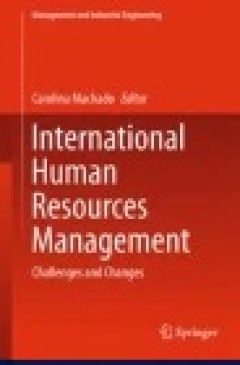
International Human Resources Management: Challenges and Changes
This work is subject to copyright. All rights are reserved by the Publisher, whether the whole or part of the material is concerned, specifically the rights of translation, reprinting, reuse of illustrations, recitation, broadcasting, reproduction on microfilms or in any other physical way, and transmission or information storage and retrieval, electronic adaptation, computer software, or by…
- Edition
- -
- ISBN/ISSN
- 978-3-319-15308-7
- Collation
- -
- Series Title
- -
- Call Number
- -
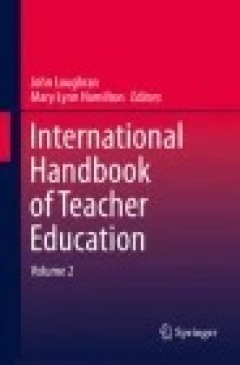
International Handbook of Teacher Education: Volume 2
This work is subject to copyright. All rights are reserved by the Publisher, whether the whole or part of the material is concerned, specifi cally the rights of translation, reprinting, reuse of illustrations, recitation, broadcasting, reproduction on microfi lms or in any other physical way, and transmission or information storage and retrieval, electronic adaptation, computer software, or …
- Edition
- -
- ISBN/ISSN
- 978-981-10-0369-1
- Collation
- -
- Series Title
- -
- Call Number
- -
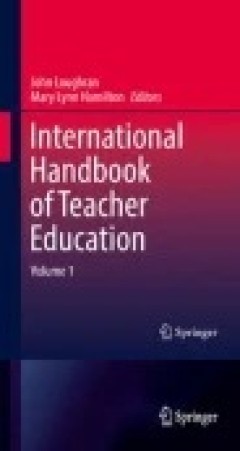
International Handbook of Teacher Education: Volume 1
This work is subject to copyright. All rights are reserved by the Publisher, whether the whole or part of the material is concerned, specifi cally the rights of translation, reprinting, reuse of illustrations, recitation, broadcasting, reproduction on microfi lms or in any other physical way, and transmission or information storage and retrieval, electronic adaptation, computer software, or …
- Edition
- -
- ISBN/ISSN
- 978-981-10-0366-0
- Collation
- -
- Series Title
- -
- Call Number
- -

Parallel Computing Technologies : 13th International Conference, PaCT 2015, P…
This book constitutes the proceedings of the 13th International Conference on Parallel Computing Technologies, PaCT 2015, held in Petrozavodsk, Russia, during August / September 2015. The 37 full papers and 14 short papers presented were carefully reviewed and selected from 87 submissions. The papers are organized in topical sections on parallel models, algorithms and programming methods; uncon…
- Edition
- -
- ISBN/ISSN
- 978-3-319-21909-7
- Collation
- XIV, 548 halaman
- Series Title
- Theoretical Computer Science and General Issues
- Call Number
- 004 PAR
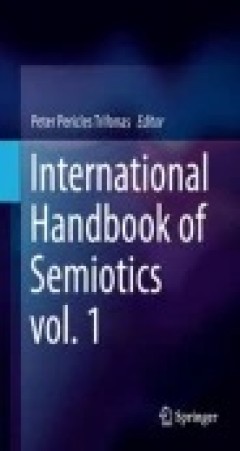
International Handbook of Semiotics
This work is subject to copyright. All rights are reserved by the Publisher, whether the whole or part of the material is concerned, specifically the rights of translation, reprinting, reuse of illustrations, recitation, broadcasting, reproduction on microfilms or in any other physical way, and transmission or information storage and retrieval, electronic adaptation, computer software, or by…
- Edition
- -
- ISBN/ISSN
- 978-94-017-9404-6
- Collation
- -
- Series Title
- -
- Call Number
- -
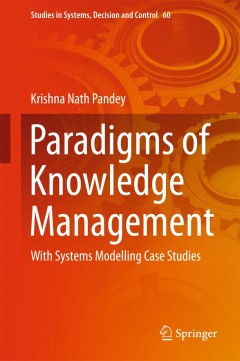
Paradigms of Knowledge Management : With Systems Modelling Case Studies
This book has been written by studying the knowledge management implementation at POWERGRID India, one of the largest power distribution companies in the world. The patterns which have led to models, both hypothesized and data-enabled, have been provided. The book suggests ways and means to follow for knowledge management implementation, especially for organizations with multiple business verti…
- Edition
- -
- ISBN/ISSN
- 978-81-322-2785-4
- Collation
- XXII, 241 halaman
- Series Title
- Studies in Systems, Decision and Control
- Call Number
- 006.332 PAN p

Structural Equation Models
This compact reference surveys the full range of available structural equation modeling (SEM) methodologies. It reviews applications in a broad range of disciplines, particularly in the social sciences where many key concepts are not directly observable. This is the first book to present SEM’s development in its proper historical context–essential to understanding the application, strengths…
- Edition
- -
- ISBN/ISSN
- 978-3-319-16507-3
- Collation
- -
- Series Title
- -
- Call Number
- -
 Computer Science, Information & General Works
Computer Science, Information & General Works  Philosophy & Psychology
Philosophy & Psychology  Religion
Religion  Social Sciences
Social Sciences  Language
Language  Pure Science
Pure Science  Applied Sciences
Applied Sciences  Art & Recreation
Art & Recreation  Literature
Literature  History & Geography
History & Geography